It’s been a whirlwind first month of the Trump Administration. Solar and storage development have always required navigating multiple moving parts from interconnection and permitting to equipment procurement and construction timing. But even the most experienced solar industry professionals may find themselves overwhelmed by the sweeping policy changes that are characterizing the early weeks of the new Administration.
Policy shifts and announcements have come fast, often contradicting one another or being reversed the next day. Layer in the often-changing projections for energy demand driven by AI, data center growth, EV expansion, and re-shoring of manufacturing, and the stage has been set for interesting conversations with developers and industry leaders over the last month.
The conversations have reinforced my confidence in our sector’s resilience, leaving me encouraged and optimistic. Those of us who have been in the sector for more than a decade know that we’ve weathered similar storms: installations grew from 15 GW to 23 GW during the first Trump administration’s policy shifts. But there are also compounding challenges: traditional lenders charge interest rates up to 18% to offset perceived risks, while at the same time, relying on recycling proceeds from completed projects has become increasingly risky in an uncertain market.
Many have discussed how uncertainty around ITC adders, tax credit transferability, and tariffs have led them to explore safe harboring strategies while navigating fluctuating interest rates. Yet, what has struck me most was my colleagues’ focus on controlling what they can control, and their innovative approaches to keeping projects moving forward through creative financing solutions. In an industry built on momentum, developers are finding new ways to unlock capital efficiently to avoid being hamstrung by this uncertainty.
Unlocking reliable capital from land and leases
In today’s uncertain environment, developers are seeking specialized partners that allow them to access capital earlier in the project lifecycle. While various options like royalty payments and securitization exist, they are often rigid and tied to specific projects. Land financing, however, offers unique flexibility. By monetizing land and leases associated with solar or storage sites before project completion, developers can generate immediate cash flow that isn’t earmarked to specific project costs like interconnection fees. This approach gives developers greater control over project timelines and resources—a crucial advantage when navigating uncertainty. While regulations may change, the fundamental value of land-based financing can provide solid ground.
Most developers are focused on three proven land-based capital approaches:
- Selling land or purchase options to unlock immediate capital while maintaining project control,
- Selling leases for upfront value without sacrificing long-term site rights,
- Obtaining loans against lease values rather than appraised land values, often securing better terms.
These financing options allow developers to unlock capital at the Notice to Proceed (NTP) stage, rather than waiting until the project’s commercial operation. This capital can then be deployed across multiple needs and projects, such as acquiring additional sites, making interconnection deposits, purchasing equipment, or covering engineering costs – all factors that developers can directly control.
For transactions under $20 million, working with specialized partners who understand development timelines and can move quickly is essential, as larger institutions often avoid these deals despite their strategic importance to developers, or overburden developers with complicated documents and often unnecessary due diligence requirements that delay transactions.
Optimism and confidence in the future
Developers’ pragmatic approaches to today’s challenges reveal a strong and resilient industry eager to find solutions. Despite 2025’s shifting landscape, resourceful developers are seeking innovative ways to access capital. Those of us who have been working in and developing projects for more than a decade know that in uncertain times, it’s important to find solid ground in tangible assets and proven solutions. Land can be the key to unlocking more flexible and reliable capital. The experience and spirit of innovation evident in our sector have made one thing clear to me: with the increasing demand for fast, reliable energy, solar and storage development will keep growing—regardless of policy uncertainty.

Laura Pagliarulo is co-founder and CEO of SolaREIT, a real estate company focused on delivering solar and battery energy storage developers and landowners the maximum value for their land and leases.
The views and opinions expressed in this article are the author’s own, and do not necessarily reflect those held by pv magazine.
This content is protected by copyright and may not be reused. If you want to cooperate with us and would like to reuse some of our content, please contact: editors@pv-magazine.com.

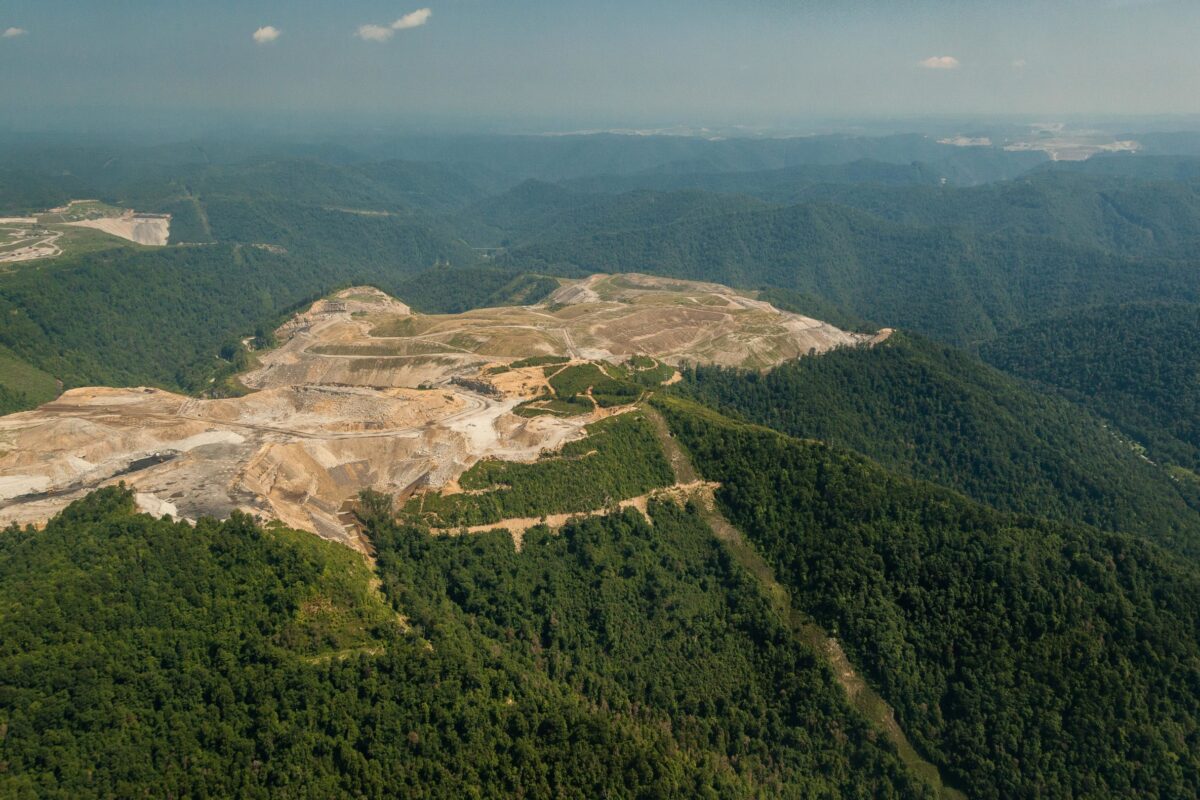

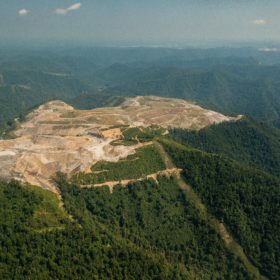

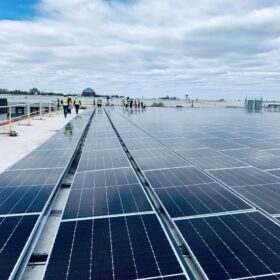
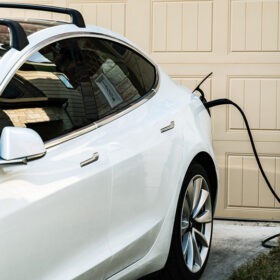
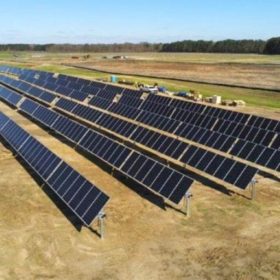
By submitting this form you agree to pv magazine using your data for the purposes of publishing your comment.
Your personal data will only be disclosed or otherwise transmitted to third parties for the purposes of spam filtering or if this is necessary for technical maintenance of the website. Any other transfer to third parties will not take place unless this is justified on the basis of applicable data protection regulations or if pv magazine is legally obliged to do so.
You may revoke this consent at any time with effect for the future, in which case your personal data will be deleted immediately. Otherwise, your data will be deleted if pv magazine has processed your request or the purpose of data storage is fulfilled.
Further information on data privacy can be found in our Data Protection Policy.